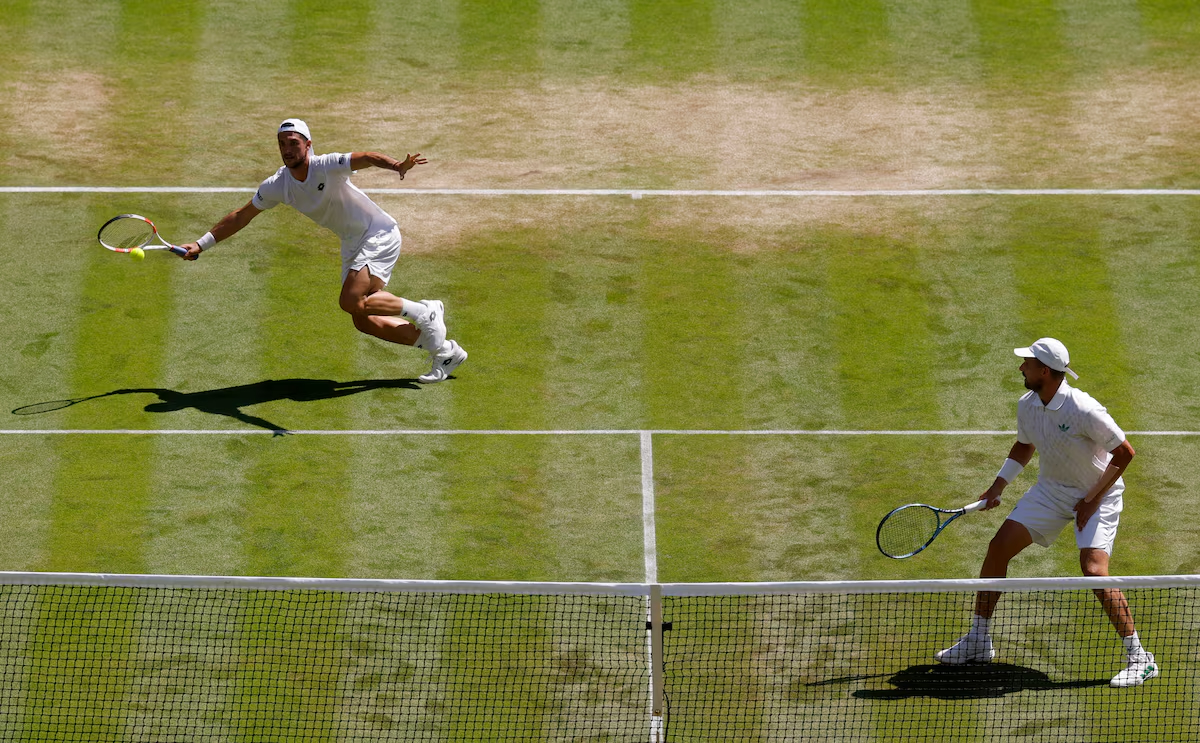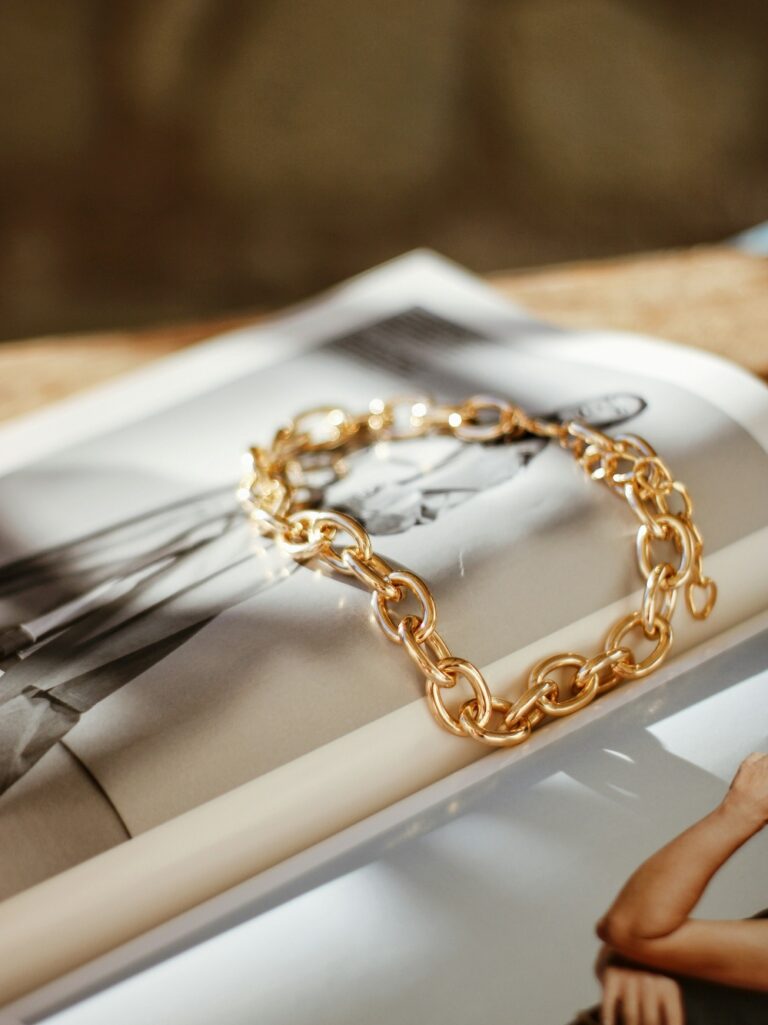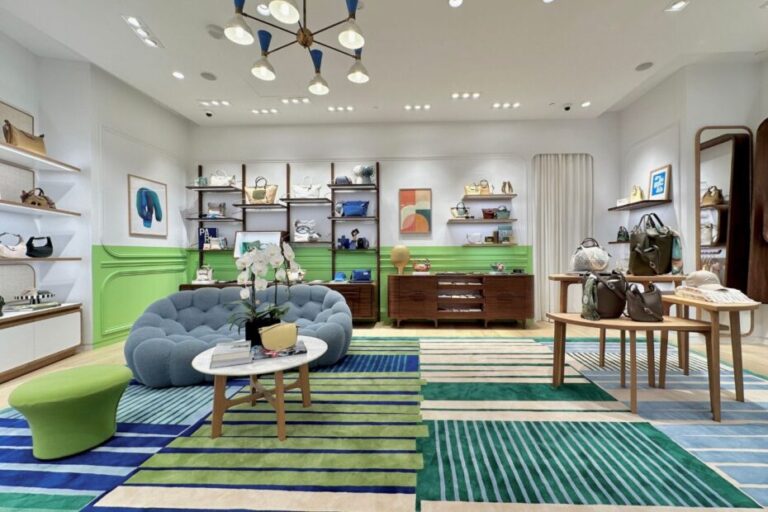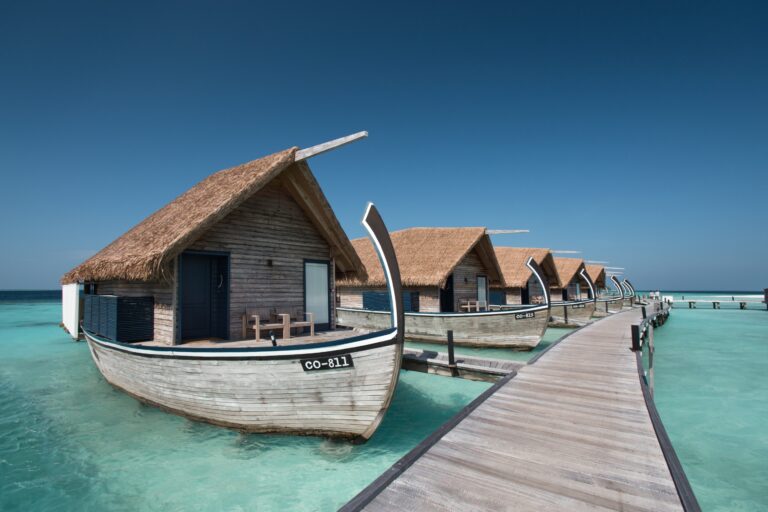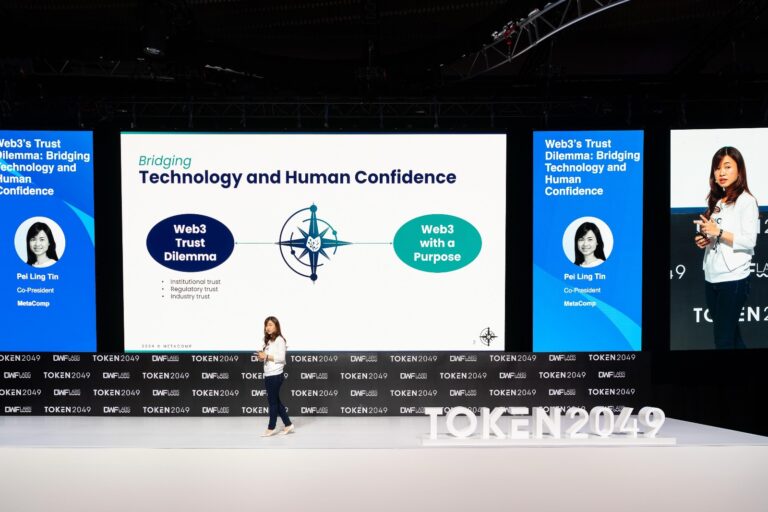Wimbledon 2025: Style Strategy and Sponsorship at the Summer’s Most Elegant Tournament

Wimbledon 2025 may go down as one of the most unexpected editions of the historic tournament, not because of what happened on the court, but because of how the dynamics of the game have evolved. While Jannik Sinner made history as the first Italian man to win the championship in the Open Era and Iga Świątek’s rare double-bagel final stunned fans, it was a tournament marked by absence — injuries, early exits and retirements left brands scrambling to reframe their narratives.
The All England Lawn Tennis Club proved once again that Wimbledon is not just about tennis. It is ultimately about retaining tradition, establishing image and the billion-dollar business of luxury partnerships. As players slipped out of the tournament, sponsorships and storytelling stepped into the spotlight.
Wimbledon 2025 Highlights

Jannik Sinner made history by defeating Carlos Alcaraz in four sets, becoming the first Italian man to win Wimbledon in the Open Era. The final was a rematch of the French Open just weeks prior, but this time, Sinner ended Alcaraz’s previously undefeated record in major finals, earning his fourth Grand Slam title and cementing his place as one of tennis’s most consistent champions. On the women’s side, Iga Świątek delivered one of the most dominant performances in recent memory, defeating Amanda Anisimova 6–0, 6–0 in a rare “double bagel” final — a clinical display that showcased her supremacy on grass.
In men’s doubles, the all-British team of Julian Cash and Lloyd Glasspool achieved a milestone moment, becoming the first British pair in the Open Era to claim the Wimbledon title — and the first overall since 1936. Their straight-sets win over Rinky Hijikata and David Pel was the culmination of an impressive 14-match winning streak on grass, including hard-fought matches at Queen’s and Eastbourne and a dramatic quarterfinal victory in which they saved three match points against the reigning champions. In the women’s doubles final, Veronika Kudermetova and Elise Mertens overcame an opening-set loss to defeat Hsieh Su-Wei and Jelena Ostapenko, securing their first Grand Slam title as a pair. The third set was won in thrilling fashion, with Kudermetova landing the final blow with a precision backhand.

This year’s tournament also saw Wimbledon raise its total prize pool to a record-breaking GBP 53.5 million — a 7 percent increase from 2024 — with each singles champion taking home GBP 3 million. In a major move toward innovation, 2025 marked the first time Wimbledon was played entirely without human line judges, replacing them with a fully automated electronic line-calling system across all courts — a historic shift for the world’s most traditional Grand Slam.
When Players Exit, Brands Pivot
In a year where Novak Djokovic and Naomi Osaka bowed out early, and several top-seeded names did not even make the draw, the cost of brand ambassador fallout became evident. For labels like Uniqlo, Lacoste and Bottega Veneta — each with high-profile ties to players — marketing momentum took a hit. While Carlos Alcaraz still reached the men’s final, losing to Sinner ended his 5–0 Grand Slam final streak. A bittersweet outcome for Nike, who dressed both players but had clearly banked on Alcaraz’s invincibility.

In the run-up to Wimbledon 2025, Bottega Veneta named Italian tennis star Lorenzo Musetti as its latest brand ambassador — a strategic move positioning the house closer to youth, performance, and Italian heritage. Ranked world No. 6, Musetti entered the tournament as a top-seeded player following a strong 2024 season, including a Wimbledon semifinal and a bronze medal at the Paris Olympics. The partnership followed his feature in Bottega’s “Craft is Our Language” campaign, marking the 50th anniversary of the house’s iconic Intrecciato weave. However, Musetti’s early exit this year meant Bottega lost a crucial visibility window on court — a reminder that fashion’s foray into sport does not always guarantee a return.


The lesson here is clear: legacy brands do not bet on a single name. They build entire experiences. Wimbledon’s enduring partnerships — Ralph Lauren (official outfitter), Rolex (official timekeeper) and Moët & Chandon (official champagne) — are structured around prestige, not unpredictability. When match outcomes become unreliable, these houses double down on heritage and exclusivity to maintain brand equity.
When Tennis Takes a Backseat to Branding

Ralph Lauren’s uniforms — now updated with moisture-wicking technology and recycled fibres — demonstrated the evolving space between performance and sustainability. Meanwhile, Naomi Osaka’s Y2K revival look — complete with On x Jacquemus trainers and a matching visor — sparked headlines before her early loss.


In the stands, luxury PR machines went into overdrive. Zendaya — seated in Centre Court wearing custom Bottega Veneta — drew more fashion press than the game she was watching. Newcomer brands like Wales Bonner and Casablanca — worn by younger players and VIP attendees — signalled a generational shift in tennis-adjacent fashion.

Last year, Rolex leaned heavily on narrative continuity, drawing elegant parallels between rising star Carlos Alcaraz and the legendary Roger Federer. As the defending champion in 2024, Alcaraz was positioned as Federer’s spiritual successor — a Rolex Testimonee. The watchmaker’s storytelling strategy framed Wimbledon as a generational baton pass, deepening its emotional equity in the sport. But fast forward to 2025, and that momentum stalled. With Alcaraz falling in the final and other ambassadors exiting early, brands like Rolex found themselves recalibrating in real-time. Still, the 2024 Federer–Alcaraz arc serves as a reminder that luxury brands leverage sporting events for long-term storytelling and emotional resonance
The Cost of Losing a Brand Ambassador Mid-Tournament
Losing a brand ambassador before or during Wimbledon can come at a high cost. From cancelled photo ops to sidelined activations, brands are left reconfiguring strategies in real time. According to sports marketing analysts, the average ROI loss from an early-exit ambassador campaign is between 30 to 45 percent — a tough blow in an already cautious luxury landscape.
However, it is not all downside. For some, it is an opportunity to pivot to storytelling. Serena Williams’ continued absence has not stopped Nike and Gatorade from repackaging her legacy in ambient campaigns focused on motherhood and reinvention. Moët & Chandon, meanwhile, leaned into experiential luxury. Their Centre Court Lounge introduced an exclusive cuvée available only during the tournament — part of a growing trend in limited-run luxury hospitality.
Wimbledon 2025 underscored a critical truth for luxury and lifestyle brands in that volatility on the court leads sponsorship to not be focused purely on visibility but rather on owning the conversation when the narrative changes. With player exits disrupting campaigns, the brands that came out ahead were those with diversified strategies, heritage-led positioning, and the ability to shift focus from performance to product. This steers the conversation away from Lorenzo Musetti losing to, yes, Lorenzo Musetti lost, but did you see that gorgeous Bottega Veneta jacket he wore on the court? For luxury marketers and tennis players alike, long-term brand equity depends on resilience, not just star power. Viewers love a good comeback story and so perhaps (in some instances) losing is the new winning.
For more on the latest in culture and events, click here.
The post Wimbledon 2025: Style Strategy and Sponsorship at the Summer’s Most Elegant Tournament appeared first on LUXUO.
